Club Lotus Australia is full of interesting people doing interesting things with interesting cars.
We want to tell their stories, and through this develop and preserve a written history of the club, its members and their cars. So once a month we’re going to share one person’s story with you right here on the Club website!
This month, we’ve caught up with one of the nicest and most active men in Australian motoring clubs, a member of Club Lotus Australia for over two decades – Ed Holly. An engineer extraordinaire and motorsport veteran, Ed’s automotive adventure is a fascinating one, and we’re thrilled to be able to share some of it with you here.
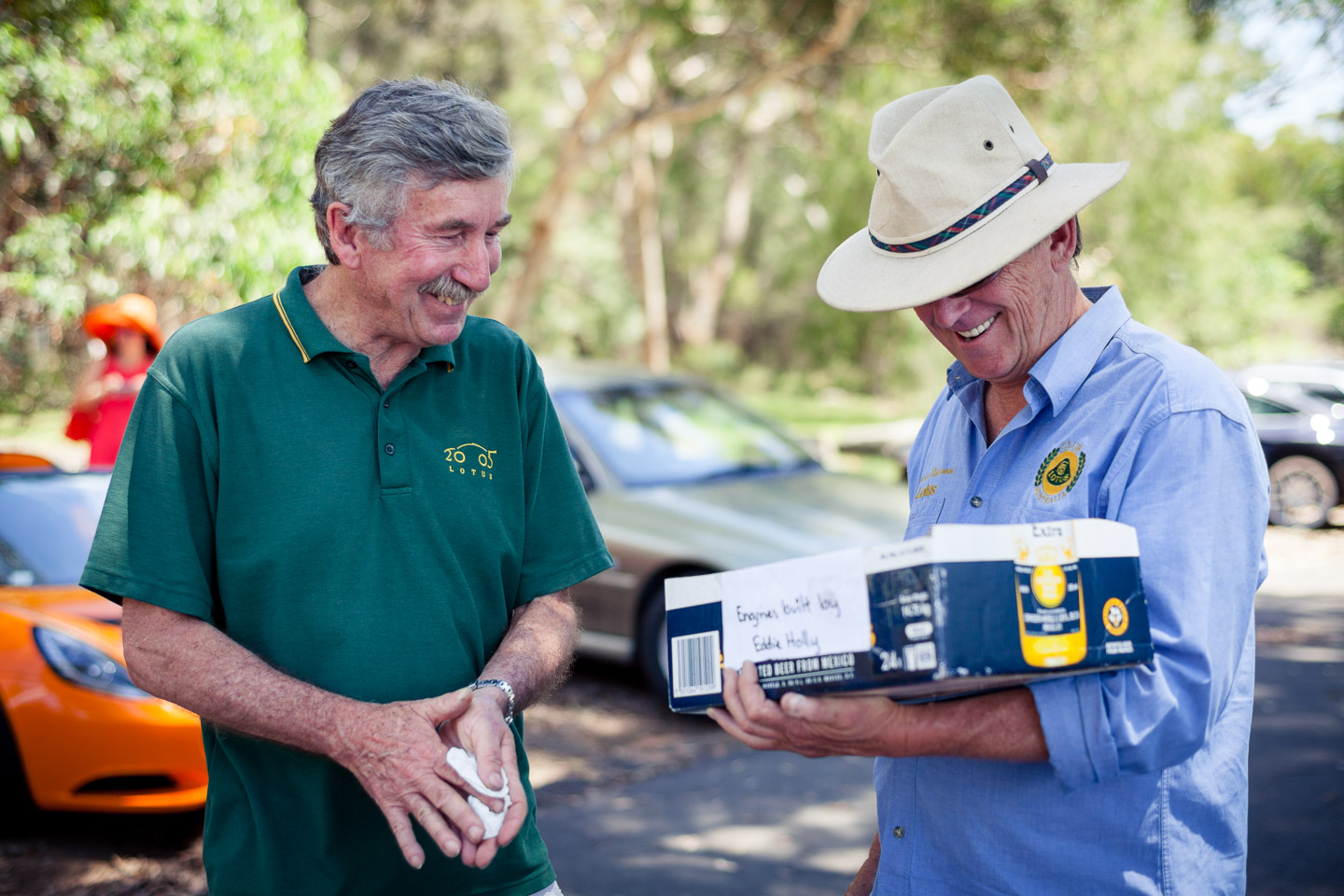
Ed Holly: My dad had a cab when I was a kid, so I grew up with a spanner in my hand.
The cab would do around 60,000 miles a year, and we had to look after it ourselves. I’d help my dad with the work on Saturday afternoons. This was an era when you’d pull the brake drums off and blow all of the asbestos out, which was one of my chores. Every week, 52 weeks a year.
I learned a lot looking after the cars, and it was interesting being a kid working around taxi cabs.

Club Lotus Australia: You’re very involved in racing – how’d you get your start?
EH: In 1984 I’d been married for around 14 years, and I decided that it would be fun to have an MG. So I bought an MGA and started doing lap dashes.
I’d never driven on a track before, but I thought I was a pretty good driver having had plenty of practice on Henley Marine Drive and the Brickies. I found out pretty quickly that I was rubbish on the track! I met a good group of guys, like Stuart Schofield, Dick Everett and David Davis, and ended up getting my racing license in the early ‘90s.
I raced the MGA for six years until the end of the ‘90s and had reasonable success in historics. During that time I started sharing the drive to HSRCA meetings with Brian Miller. He kept rabbiting on about how good single seaters were. It must’ve struck a chord because I started thinking “Well, I’m nearly 50. If I’m ever going to race a single seater, now is the time!”
I told Mark Schagen that I’d love something like a little Lotus 20. He knew of one and was going to track one down for me. Well, the weeks went by with nothing and eventually I agreed to buy an Elfin. Literally ten minutes later Mark called me to tell me that he’d found a Lotus 20.
I went to look at the Lotus and ended up buying two single seaters, despite having never driven one before!
The Lotus was in bits, whereas the Elfin was race ready. So I started racing the Elfin and restored the Lotus 20. When that was complete I raced it as well.
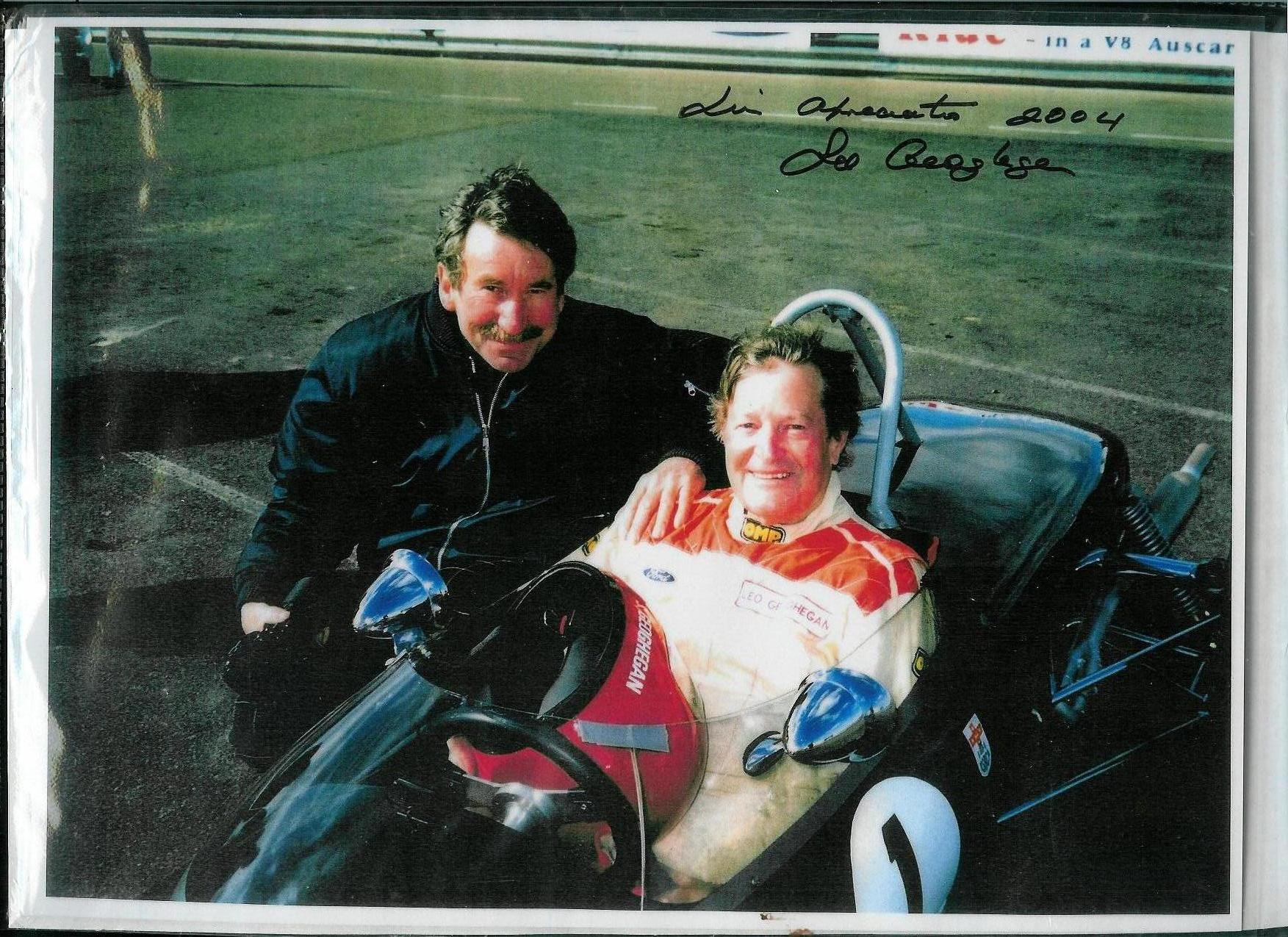
The Lotus was the first of three that Leo Geoghegan had raced. I gave Leo a drive of the car at Wakefield a few times and you could see that he was just overjoyed to be sitting in a single seater and driving on the track again. When he got out he told me that it’d made him feel thirty years younger. Sadly I think that may well have been the last time that Leo drove a single seater race car.
That experience; his words and his joy, inspired me to think about a tribute to all of those ‘60s drivers who raced in the era. This ultimately led to the first Tasman Revival!
After the Elfin and Lotus 20 I bought a Brabham BT15, which meant that I now had three racing cars and one of them had to go! I tried to sell the Lotus 20 locally, but unfortunately there wasn’t a market here to match its value and it went to England.
The man I sold it to sold it almost immediately to Steve Futter. He’s still racing it today and has enjoyed success in the Lurani Formula Junior series. I’m pleased that it’s in good hands and persevering with its racing career.
That first Brabham started a succession of Brabhams for me. I restored a BT21C, which now belongs to fellow Lotus Club member Wayne Wilson. He actually just raced it at Monza and Spa and will be heading to England with it next.
Just prior to the first Tasman Revival in 2006 I bought my black BT6. I’ve found a lot of success in that car and it’s never let me down – I don’t even think I’ve spun it! It owns the under 1500cc pre-66 racing car lap record at Eastern Creek with a 1:44 – on Dunlop tyres!

CLA: Tell us about your experiences with Lotus.
EH: My first Lotus was a Lotus Elite that I’d bought from South Australia and restored. I just loved the innovation that Colin Chapman showed with the Elite, and then later on in the Lotus 20. They were quite remarkable cars in their day!
It’s very noisy, but if you take that away it’s a very well mannered car. It has much more grip than you’d ever think a small car like that would have with its skinny tyres. It has a good turn of performance too!
The Lotus 20 in comparison is a nervous sort of car – you have to really drive it hard to get the best out of it.
It also doesn’t like you fiddling with suspension. I spun it three times at Wakefield at one meeting and spoke to Leo (Geoghegan) about it. Leo’d only run what the factory recommended – I put it back to that and didn’t spin it again.
A Brabham you can get in and wring its neck and it will tell you when it’s about to break away. It’s quite forgiving, whereas the 20 is quite hang in, hang in and then just break away. It’s a much earlier car, so it may be something to do with the sophistication of the Brabham and the rubber on it.

Back to the Lotuses, I have an Elan, the Lotus Eleven that I restored and a Lotus Elite that I have about half-way restored. I just bought a Lotus 7 that has always been raced and which I’m bringing back into good shape. Once the 7 is finished I’ll finish the Elite.
The Eleven and Elan are both driveable and in good shape! I just did a thousand miles in three days in the Elan driving to the Winton Historics and back in company with fellow CLA member Rod Kennedy. Rod was last year’s overall concours winner with his S1 Elan, although he did this particular journey in his Porsche 911.
The Eleven was owned by George Jameson. It’s the only Eleven to come from England and be sold new into Australia.
From George it went to Bevan Flemming and then to Joe Hills, who had some good success in it. He owned and raced two Elevens in that period, however, so it’s not clear at which venues this car competed. John Partridge bought the car from Capitol Motors after Joe traded it for a Cooper Climax in 1965 and owned it until I bought it in 2009!

He pulled it apart in about 1970 to restore it and never got around to completing it! He made all of the new inner panels for it, so the internal bodywork was essentially there and new, but never fitted. Putting it back together was still a huge job!
The outer bodywork had been crashed a few times and badly repaired, so that was restored by an aluminium expert.
Other than that I built the engine, gearbox and diff and put all of the bodywork together except for the fabrication that needed to be done around the nose.
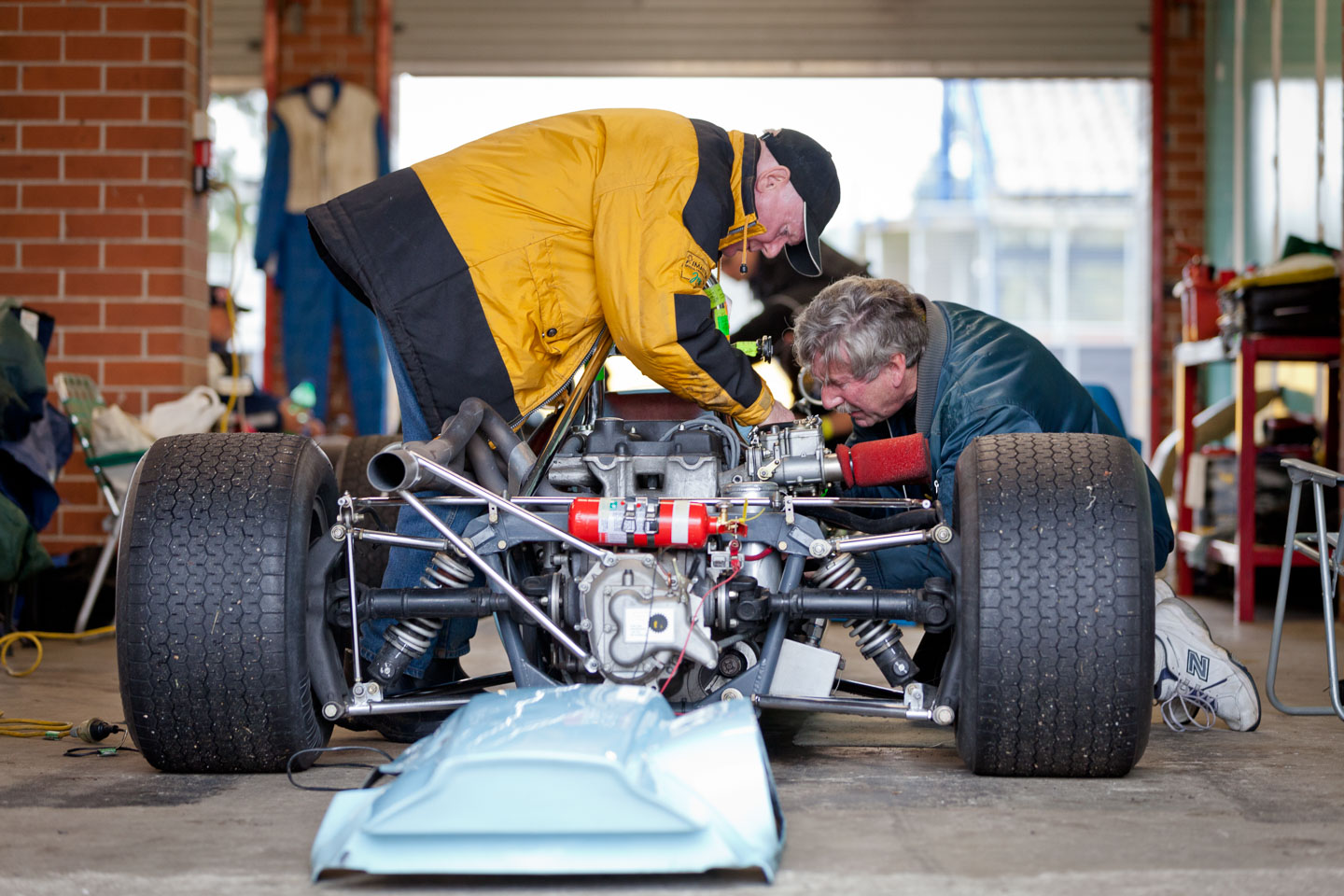
Working on these cars is very rewarding for me. I love creating things; working with my hands. You take a pile of bits and create something out of it, and that’s a great feeling of achievement.
I started with model aircraft and little motors. I love building them from scratch – start off with a bit of aluminium and end up with an engine that runs.
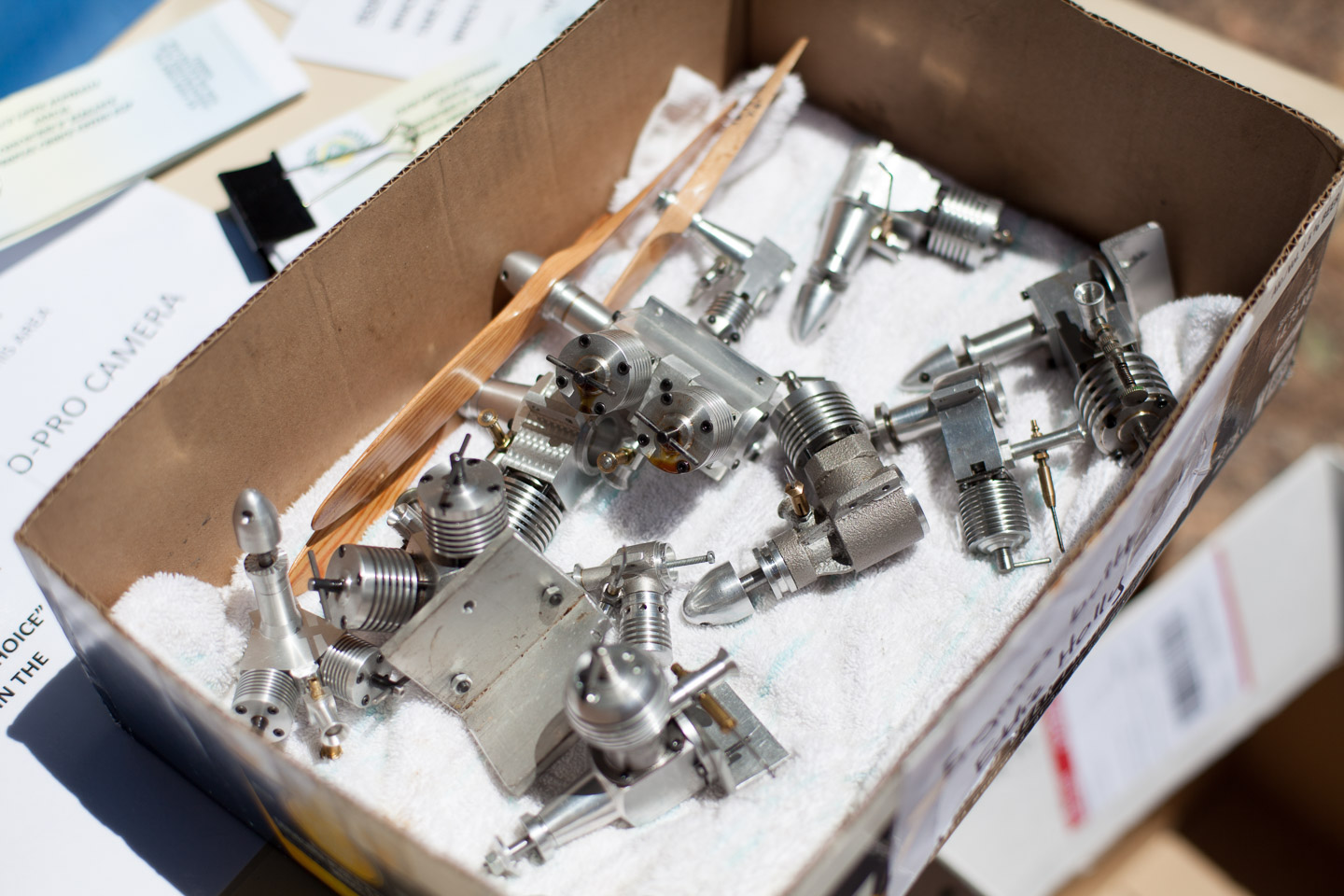
The Eleven was like a time warp. It had done a lot of racing, but unusually a lot of it was still absolutely original and it’s still one of the most original Elevens around! I’m forever indebted to Johnny Partridge for selling it to me.
Once I completed it, it won the national concours at Canberra outright. It’s a very nice, very original car, and one which still managed a sub 1:20 around Wakefield Park – which I was very happy with!

Image: Phil Sim
CLA: You’re very active in the Lotus Club, as well as in the HSRCA – tell us a little of your history with Australian motor clubs.
EH: I raced with Brian Caldersmith over the years when I had my MGA and had always loved the shape of the Elite. I just love the lightness and delicacy of Lotus. They don’t brute force things – they do them with finesse.
I joined the Lotus Club when I bought my first Elite in about 1998.
I’ve been heavily involved with the HSRCA for a long time – I joined in about ’94. And back in the ‘80s I was involved in the MG Car Club.. I think I’ve had about eight MGAs in my time!
I’ve had an MGB, an Austin Healey, a few E-Types and others. As a kid my first car was a side valve Morris Minor. Then I had a Mini – a 997 Mini Cooper, which was the best car I’ve ever had!
It was the first performance car I’d ever had. Strangely today people say that 997s aren’t a patch on the later cars, but I’ve spoken to others and we all agree that there’s something about the ’62 or ’63 Coopers. Then a 998 Cooper and then a Cooper S.
I’ve had a lot of cars over the years – I’d just buy them, enjoy them and then move them on. Oh, and I have the dubious honour of being a member of the NRMA for over fifty years!
For me, Club Lotus Australia is a wonderful amalgam of like-minded enthusiasts catering for cars and owners from the 1950s right through to the present day. It is a wonderful testament to those who have steered and continue to steer the Club making welcome such a diversity of owners.
CLA: Thanks Ed!
Images thanks to Peter Schell, Phil Sim and Seth Reinhardt.
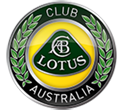
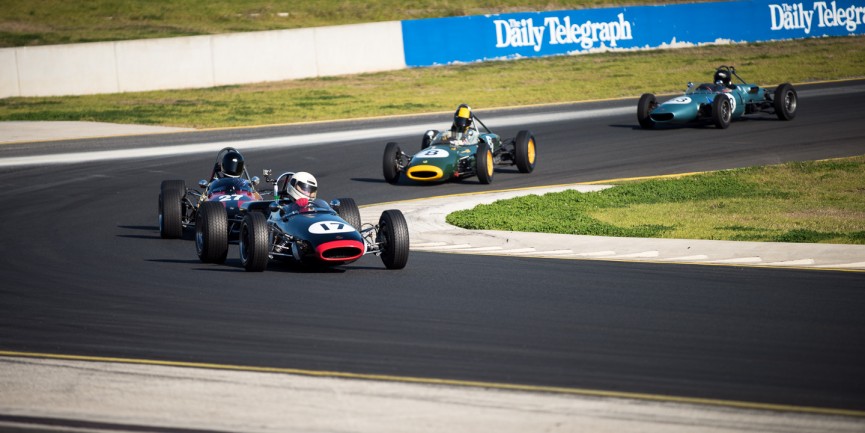
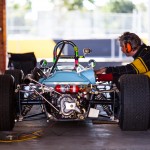
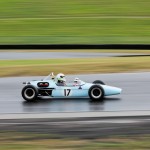
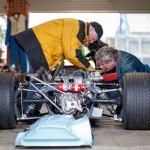

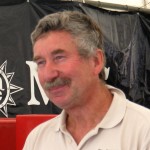
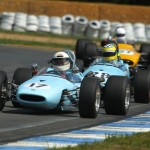
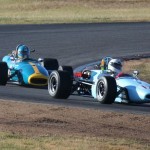
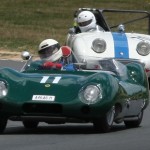
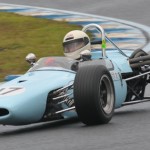
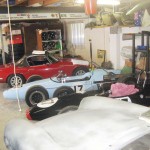
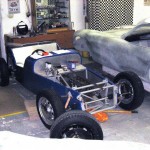
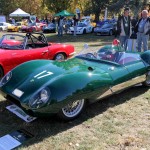
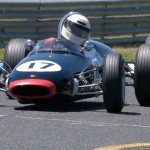
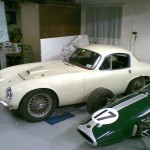
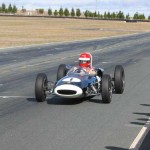
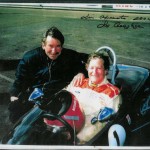
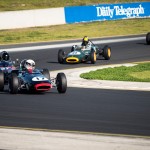
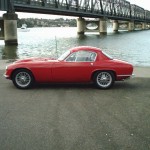

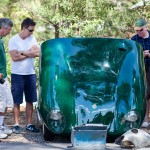
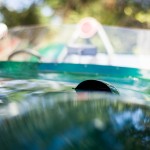
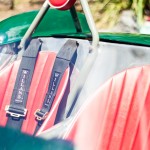

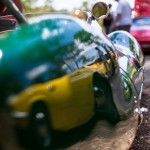
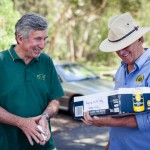
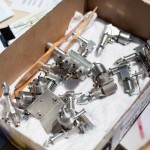
3 Comments on “Lotus Stories: Ed Holly”
Hi Ed, My name is David Clement and I believe that Super 7 may be the ex Kel Munyard car which I had a bit to do with
circa 67, 68. He is an old friend and has just returned after many years in the states and has been in contact with
me. I believe he has some old photos, etc. Drop us a line and I can put you in touch if interested.
Regards, David
Hello Ed.
I have been following your Lotus Seven story on SimpleSevens.org – especially regarding the recent (2019) update on the car mentioning that it was originally shipped with a Lotus Twin-Cam engine installed. In 2014 I had been in contact with a couple of very helpful Lotus Historians in Australia on another matter, but inquired with one of them about the information on the U.K. Lotus Seven Register, namely Leo Geoghegan’s role in importing a Lotus Seven fitted with a twin-cam engine direct from the Lotus factory in March 1965. John Watson, who runs the Seven Register, had been given information from someone at the Lotus factory that your car had been shipped directly to the Geoghegans with the twin-cam installed. I was given Leo’s telephone number and advised to call him. With a 17 hour time difference (from Western Canada), I managed to connect with him at a decent hour for both of us. Leo was in great form and had a few Lotus stories to tell. He did confirm that he never received a Lotus Seven at his dealership in Liverpool NSW fitted with a twin-cam engine. He did remember the approximate date when Lotus decided to fit the twin-cam and produce the 13 or so Seven SS models, but by then Geoghegan Motors were finding it very expensive to import Lotus Cars due to high import taxes, shipping costs etc., so they discontinued doing so after 1968/69. He does not remember ever seeing a Seven fitted with a twin-cam in Australia at the time (1965), or being used for racing with one fitted thereafter. Although John Watson’s information may have come in good faith from the Lotus factory, another Lotus Historian – Marc Schagen, advised that every Lotus Seven shipped to Australia was noted as sold to the Geoghegans as they were the official Lotus importer. If such a car was ordered by an individual direct from the Lotus factory, the Geoghegans may never have known about the transaction, although for such an unusual request, they would surely have heard about it? Marc was confident that no twin-cam Sevens came through the Geoghegans and that there were no factory installed twin-cams in Sevens anywhere in Australia in the 1960s. ( Note: The Lotus Seven twin-cam SS appeared in 1969, and the Seven Series 4 twin-cam did not appear until the beginning of the 1970s and was also manufactured under licence in New Zealand by the Steel Brothers construction company). Leo told me about a customer in 1965 who asked Geoghegan Motors to turn his car into the fastest Seven ever. They bored the 1500 Ford 5 bearing engine out to 1650 c.c. by fitting 85 m.m. Cosworth forged pistons, fitted a Cosworth camshaft, a 105E Anglia gearbox fitted with Mike Hewland close ratio internals, special wheels, and a few other modifications to make the car go as fast as possible. When it was finished and after they had personally poured quite a bit of money into the project, the customer advised that he didn’t have the cash to pay for it, and walked away. So Leo and his brother decided to use it for racing at Warwick Farm Raceway. He told me that – at that time – Warwick Farm was more suited to smaller cars such as Lotus, Coopers etc. At the conclusion of their race, a Cooper Monaco came in first, followed in second place by Leo’s brother Ian (also known as ‘Pete’) in a Lotus 23 bored out to 1475 c.c. with a 3 bearing crankshaft, with Leo third in his tuned Lotus Seven. After the race in the paddock, Leo was surrounded by Lotus fans and received multiple offers for the Seven in a sort of bidding war. Consequently he and his brother recovered all their costs (plus a bit more), and thoroughly enjoyed the racing as a bonus. He recalled a couple of customers in the mid 1960s wanting a Lotus Seven so much that one gentleman traded in a TR3 getting a very low price for it compared to the cost of the Seven, with another customer trading in an Austin Healey 100S. I personally know nothing about A.H., but Leo advised that recently in the U.K. an A.H. 100S – very rare when first produced apparently – sold for 1 Million Pounds. He didn’t think that any Seven would fetch that amount! So, although the Lotus Register may be 100% correct, no one with knowledge of Lotus Sevens in Australia has ever heard of one being imported in 1965 actually fitted with a twin-cam engine. It is possible that your Seven was in a crate and a twin-cam was included inside the crate, as you mention on Simple Sevens that the twin-cam engine went straight into another vehicle. Leo advised that the twin-cam was very expensive compared to the regular Ford engines. The Lotus factory denied up until approximately 1967 that a twin-cam could be fitted into a Seven, but Graham Nearn of Caterham Cars drove a customers Seven fitted with a twin-cam (installed by the owner) straight to the Lotus factory. It was after that that the limited edition SS model appeared with a strengthened chassis.
Hi Bill, Just looked at this after a few years and seen your comments. Firstly I was a good friend of Leo’s and he visited here often for lunch. And regards Ian, I worked for him detailing cars a week at a time for a laugh with a good mate that was permanent – when on holidays from my regular job around 1966/7. Yes Leo always said there wasn’t any twincam engines that came in Sevens when asked. He may well have had a reason for that. However our local historian, that you mention, advised that the very engine number that is mentioned in John Watson’s notes is the very same engine that converted Glyn Scott’s Lotus 27 from pushrod 1475 power to 1500 twincam power in February 1965. Marc also says he believed there was something different about my car – and John Watson’s notes say no radiator. Marc too asked Leo about what was different about my car and got the same response as you. And Marc was very good mates with Leo since his childhood. My guess is that it never turned a wheel with that engine, but was simply a mule to get the engine here. .